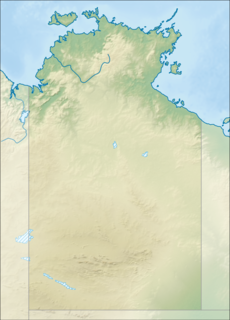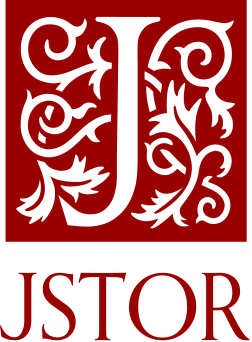History
In 1903 the Eastern and African Cold Storage Company purchased the Hodgson Downs cattle station and other tribal lands, and embarked on a policy of systematic extermination of all aboriginals residing on the land which the company directors wished to turn into a pastoral empire. Hunting gangs consisting of 10-14 native men, armed and under the supervision of a white or half-caste foreman, were commissioned to clear the land by shooting any black on sight. When the Church of England established the Roper River Mission in 1908 the remnants of the Warndarang, together with survivors of other local tribes such as the Alawa, Marra, Ngalakan, Ngandi, and the southern clans of the Rembarrnga and Nunggubuyu gathered there for sanctuary from the onslaught. Eventually several clans of the Warndarung were assimilated by the Nunggubuyu by adopting their language.

The Arnold River is a river in the north of the Northern Territory of Australia.
The Church Mission Society (CMS), formerly known as the Church Missionary Society, is a British mission society working with the Anglican Communion and Protestant Christians around the world. Founded in 1799, CMS has attracted over nine thousand men and women to serve as mission partners during its 200-year history. The society has also given its name "CMS" to a number of daughter organisations around the world, including Australia and New Zealand, which have now become independent.

Ngukurr is a remote Aboriginal community on the banks of the Roper River in southern Arnhem Land, Northern Territory. A number of different clans and language groups are represented in the town, with Kriol being the main language spoken. Collectively, indigenous peoples in the Roper River area refer to themselves as Yugul Mangi, and the Yugul Mangi Aboriginal Corporation works closely with the Roper Gulf Regional Council to provide services and economic opportunities in Ngukurr and surrounding areas.
This page is based on this
Wikipedia article Text is available under the
CC BY-SA 4.0 license; additional terms may apply.
Images, videos and audio are available under their respective licenses.
The Alawa people are an Indigenous Australian people from Arnhem Land in the Northern Territory, Australia. The suburb of Alawa in the Darwin's north, is named in their honour.
Ngalakan (Ngalakgan) is an Australian Aboriginal language of the Ngalakgan people. It has not been fully acquired by children since the 1930s. It is one of the Northern Non-Pama–Nyungan languages formerly spoken in the Roper river region of the Northern Territory. It is most closely related to Rembarrnga.
Jeffrey Heath is Professor of Historical Linguistics, Morphology, Arabic and Linguistic Anthropology at the University of Michigan, USA. He is known particularly for his work in historical linguistics and for his extensive fieldwork.
The Burarra, also referred to as the Gidjingali, are an indigenous Australian people in and around Maningrida in the Northern Territory. Opinions have differed as to whether the two names represent different tribal realities, with the Gidjingali treated as the same as, or as a subgroup of the Barara, or as an independent tribal grouping. For the purposes of this encyclopedia, the two are registered differently, though the ethnographic materials on both may overlap with the other.
The Ajabakan were an indigenous Australian people of the Cape York Peninsula of Queensland
The Djinang are an indigenous Australian people of the Northern Territory.
The Djinba are an indigenous Australian Yolngu people of the Northern Territory.
The Djaŋu, otherwise written as Djangu, are an indigenous Australian people of the area of Arnhem Land in Australia's Northern Territory.
The Ritharngu, also known as the Diakui, are an indigenous Australian people of Arnhem Land in the Northern Territory.
The Dalabon or Dangbon are an indigenous Australian people of the Northern Territory.
The Gadjerong are an indigenous Australian people of the Northern Territory, most of whom now live in northeastern Western Australia.
The Doolboong, also known as Duulngari, were an indigenous Australian people of the Northern Territory and northeast Western Australia.
The Gambalang were an indigenous Australian people of the Northern Territory.
The Gungorogone are an indigenous Australian people of the Northern Territory.
The Ngardok were an indigenous Australian people of the Northern Territory. Nothing is known of the language, which has been extinct since about WW2.
The Marra are an indigenous Australian people of the Northern Territory.






